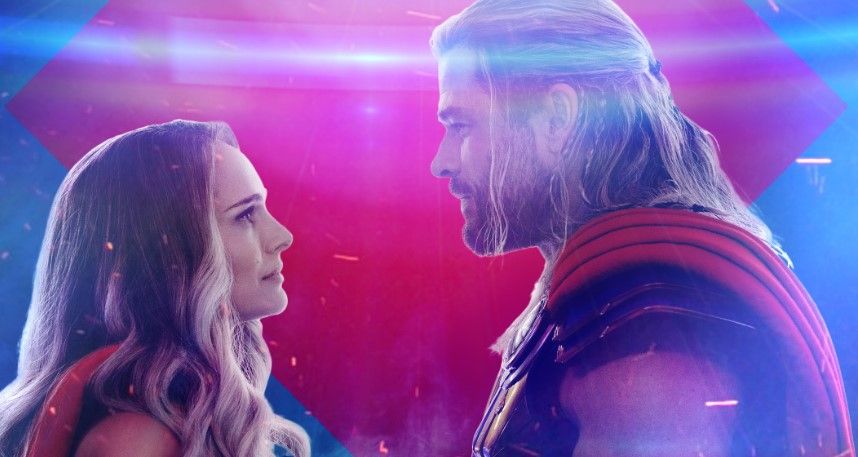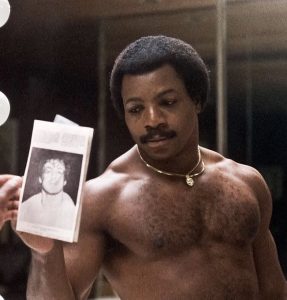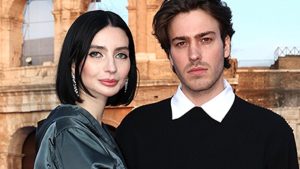‘Thor: Love and Thunder‘ is the fourth Thor movie and Taika Waititi’s second outing directing Chris Hemsworth as the God of Thunder. The title is partly based on Thor’s title, which we’ve come to associate with him over the years.
The other part of the movie title is central to the story. The MCU film tells how Eternity gives back Gorr’s child, who’d died from lack of nutrition and due to their God’s indifference. The grief-stricken father goes down a path of revenge and manages to reach Eternity, where he plans to wish for all gods to be killed.
However, Thor convinces him to choose love and wish for his daughter back. As someone who’s used the Necrosword this long, Gorr knows that he’s infected and nearing his end as well. He agrees to try Thor’s way under one condition – he has to look after the child.
Also Read | Thor Love and Thunder: Why Mjolnir chose Jane Foster
Once Thor agrees, Gorr’s child comes under his protection, and the Asgardian introduces himself as “uncle Thor”. The child, who Eternity returns, has some powers of her own, as evidenced by the laser beams from her eyes that Thor fends off with a frying pan.
He also instructs her on how she should protect those who are being hurt. The two then run into battle, the Asgardian wielding Mjolnir, and Eternity’s child with Stormbreaker. In Waititi’s film, Korg narrates this part of the story and says how the two fought the “good fight for those who couldn’t fight good”.
Also Read | Love and Thunder: Thor rides Stormbreaker like Harry Potter’s broom
He goes on to say that the universe knew the duo as Love and Thunder, referring to Eternity’s child’s name. In the movie, Hemsworth’s 10-year-old daughter India plays the part.
The title also refers to Thor’s own quest for love and a purpose to live, while the Asgardian brings the thunder to every battle he walks into.







